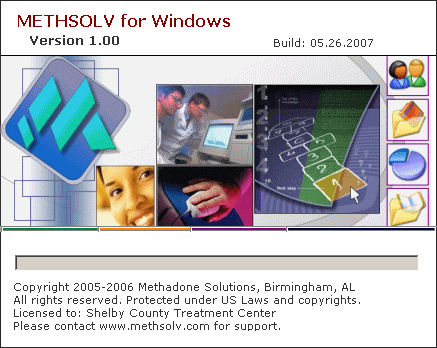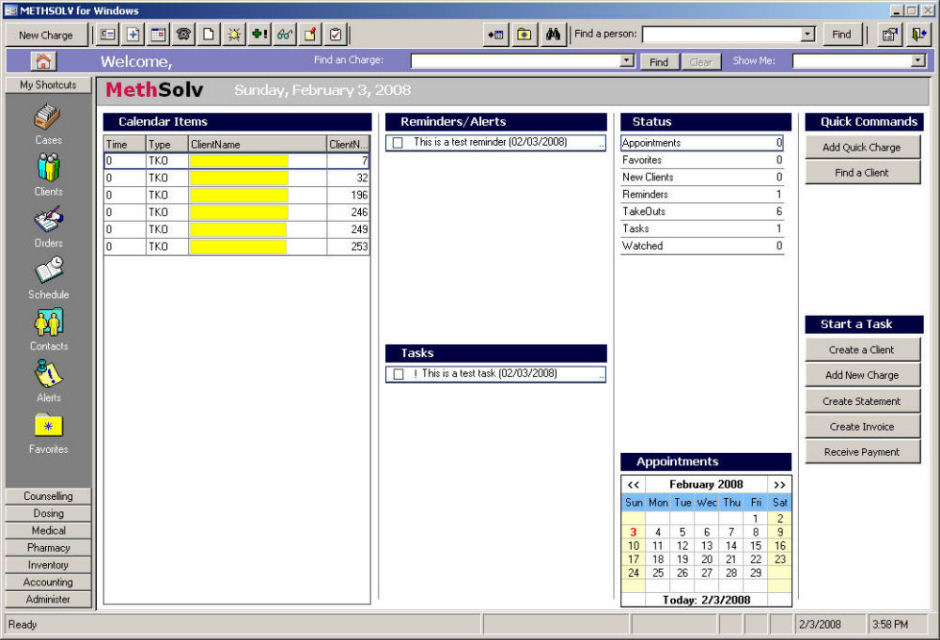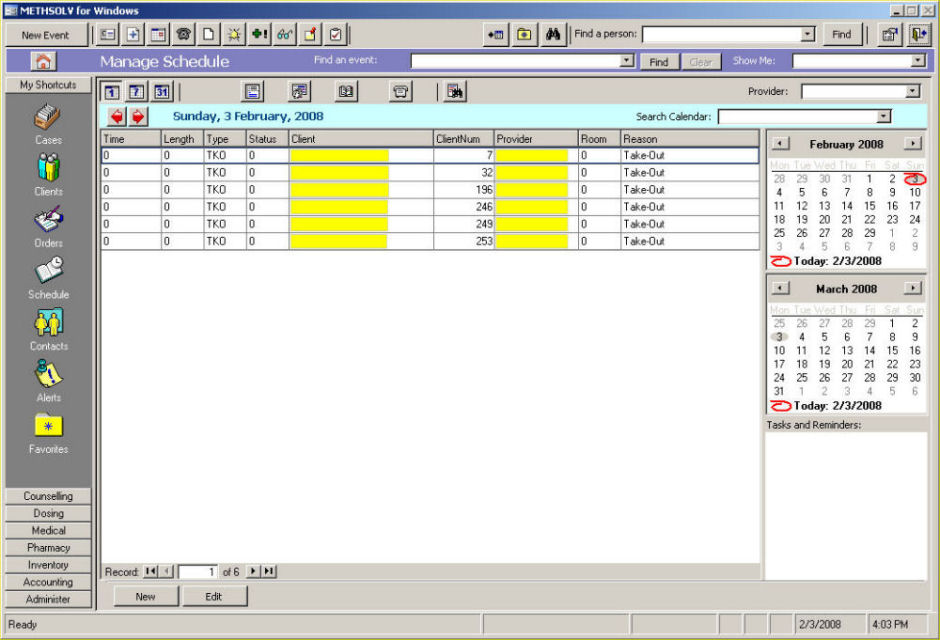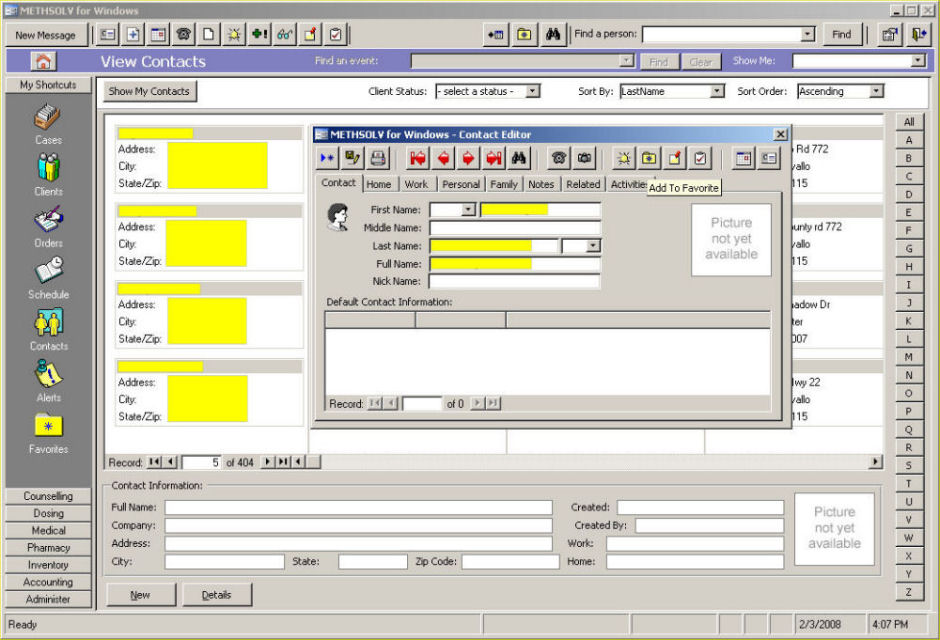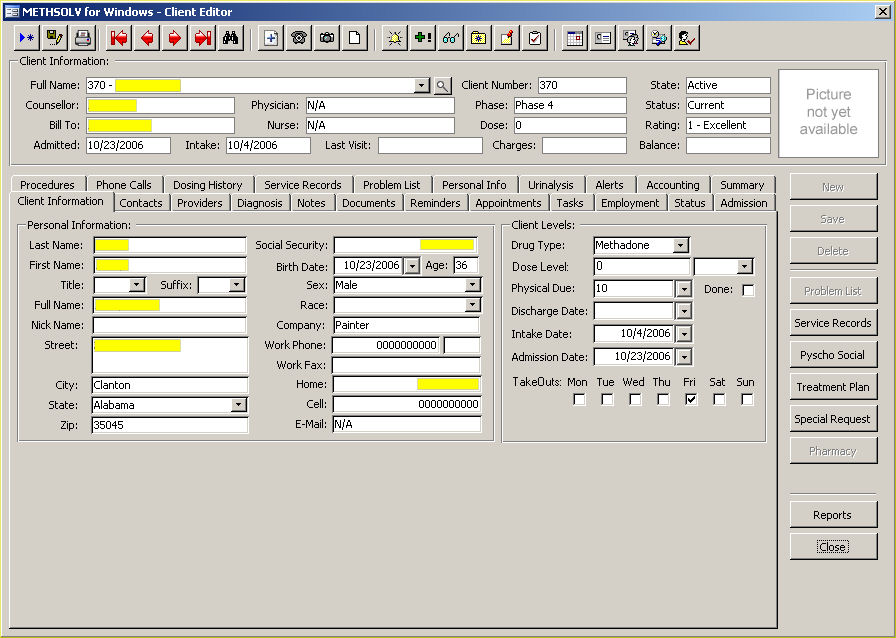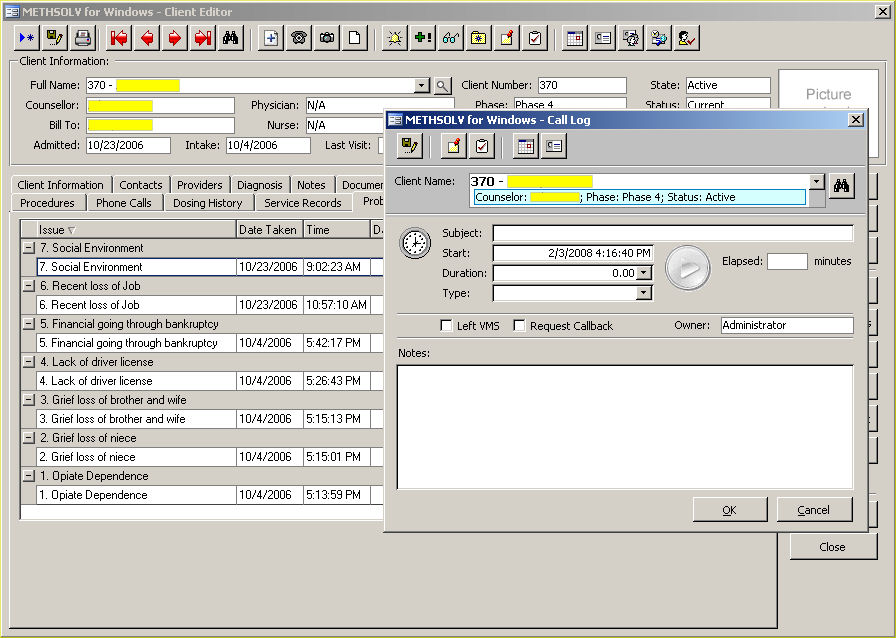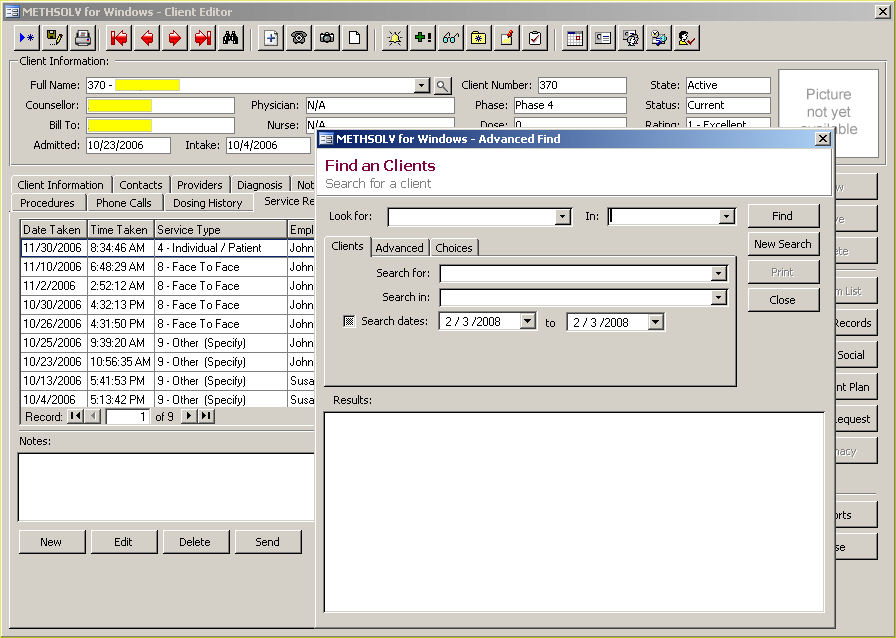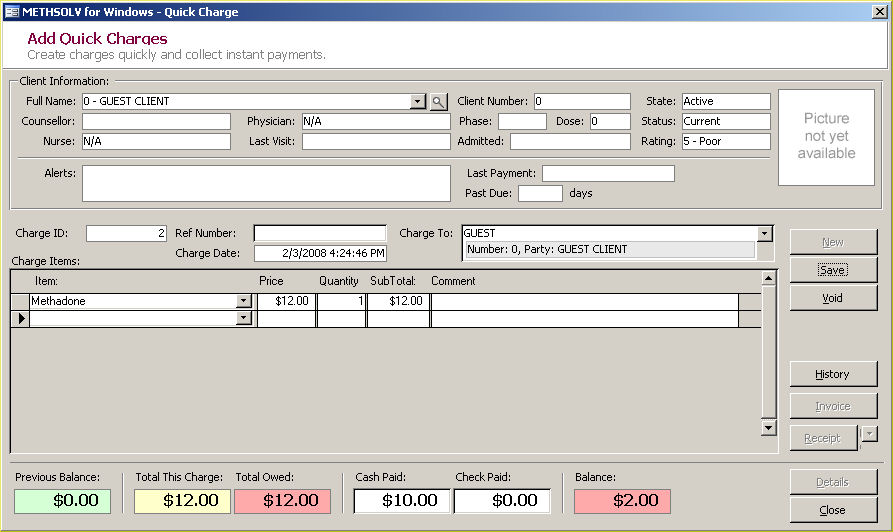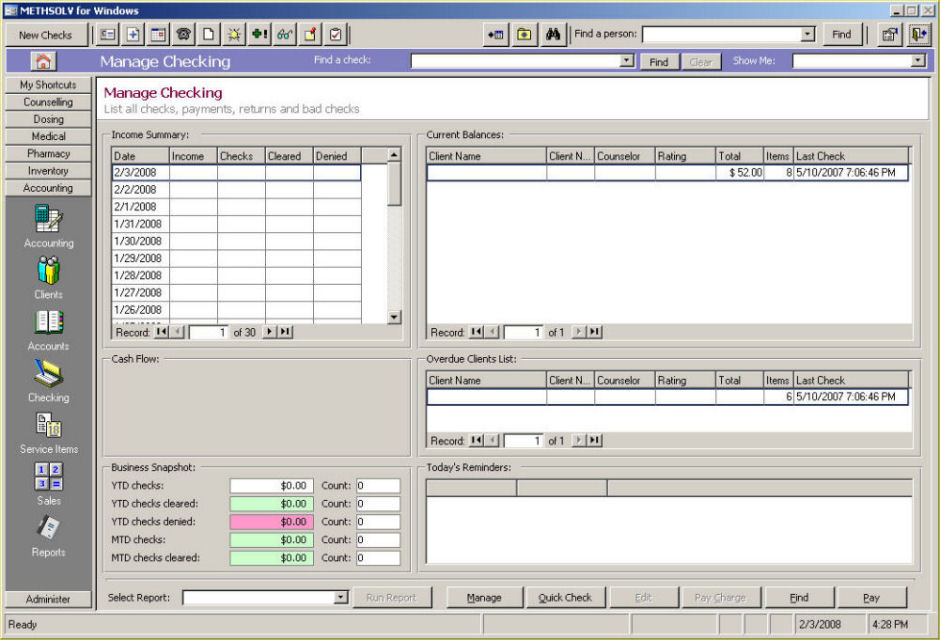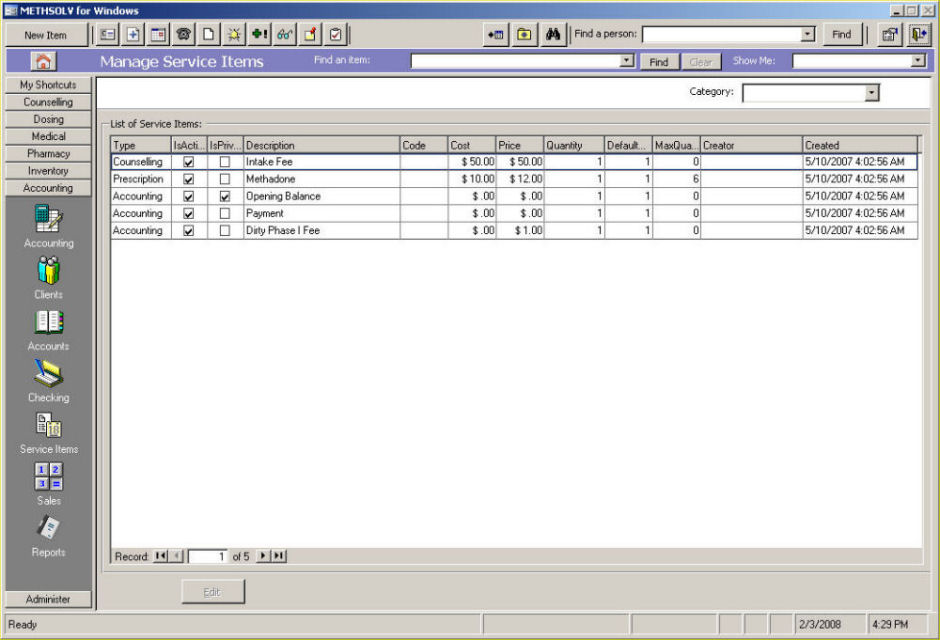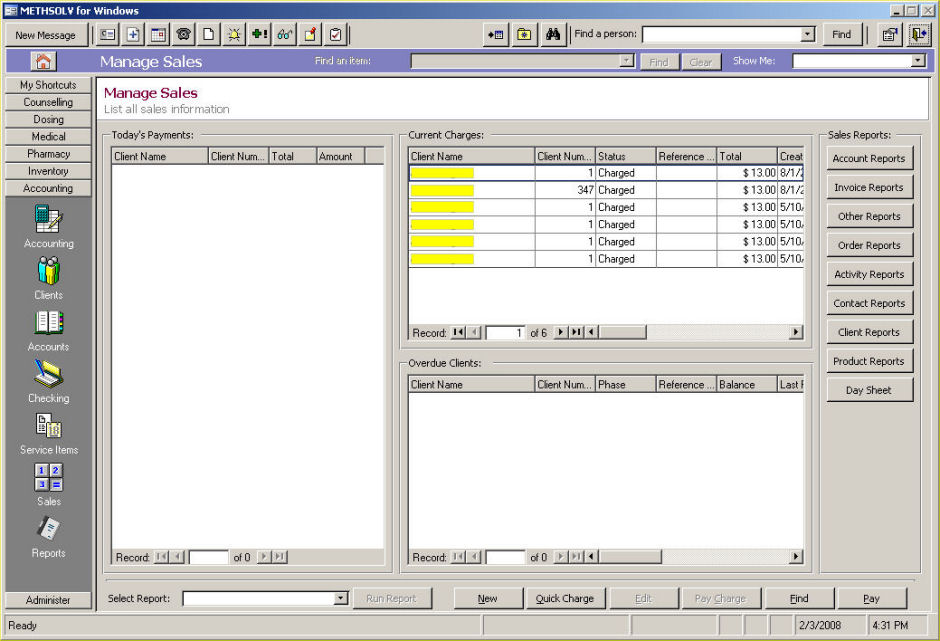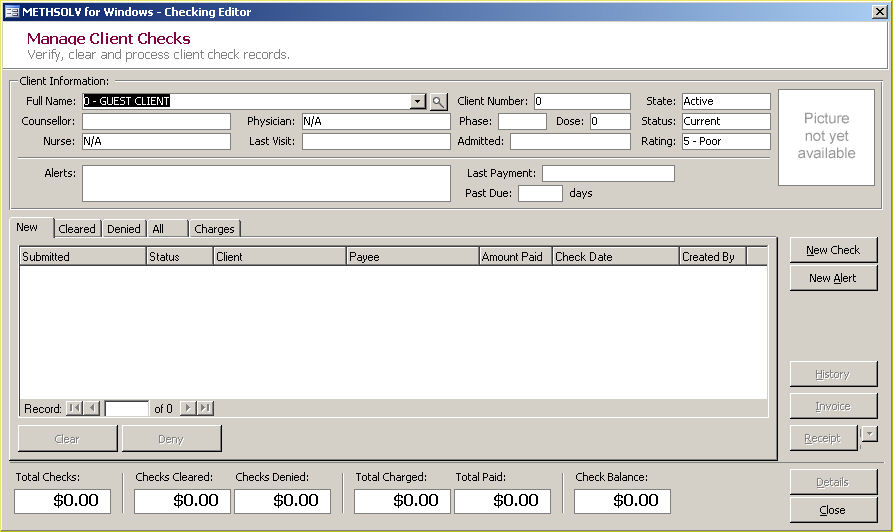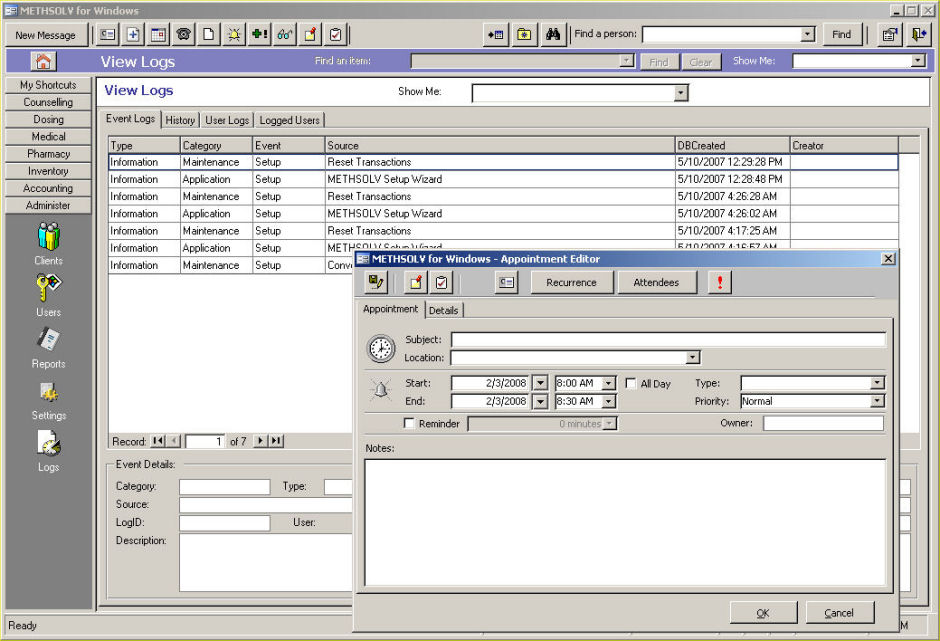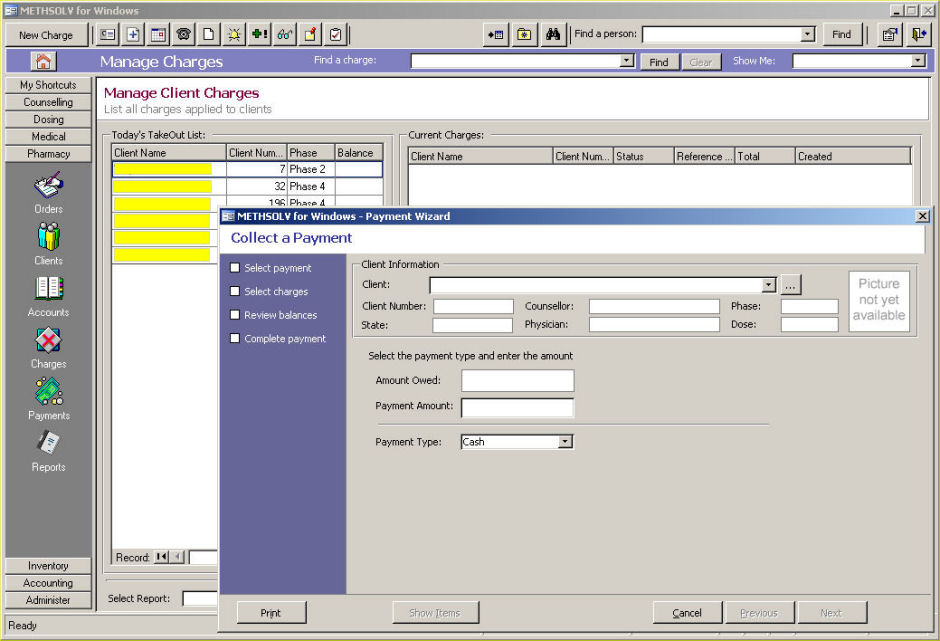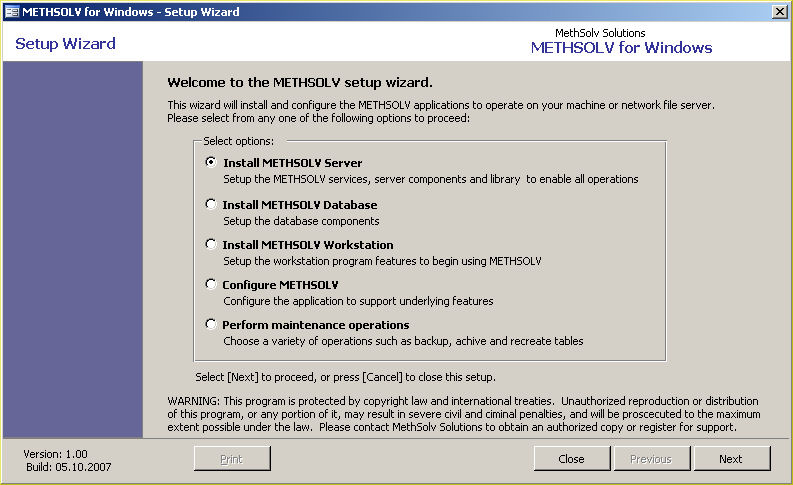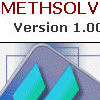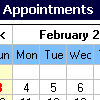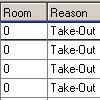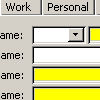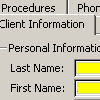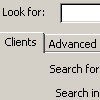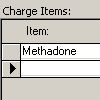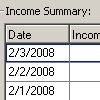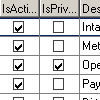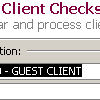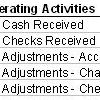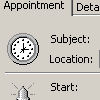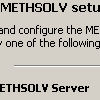JOHN COSMAS
Program Manager
home | practice & experience | representative work | portfolio | contact | site map | find
![]()
|
|
|
|
|
|
|
|
|
| ||||||||||||||||||||||||||||||||||||||||||||||||||||||||||||||||||
|
|
The parent company responsible for the development of the METHSOLV application was formed to enable proper organization, creation and provisioning of services to its valuable customers. This organization was built to keep the customers in mind, while employing the state-of-the-art technology best practices to ensure that information technology embraces clinical operations to meet all the pressures of day-to-day treatment conditions.
The founding principles by which the company operates is focused on the following:
The greatest attribute of this software company is found in its inherent nature to re-use proven techniques, practices and models which lowers the cost of development, but also reduces the defects and potential problems that would be introduced into its design, while offering an high level of anticipation of its outcome based on previous experiences. This innovative view to development helps shape the way new requirements and changing needs engage with the designer's mindscape so that solutions can be delivered on time, within costs and with a high rate of success. These simple, yet highly disciplined way of thinking removes all doubts surrounding the reputation that software developers approach emerging business needs with frivolous mannerism that often translates into high cost, elaborate testing, and allows very little room to mature. The radical move towards systemic thinking applies scientific protocols that features both German and English techniques that has proven to be most useful in many software projects that embrace AGILE methodology. This new innovative concept in software development process augments contemporary AGILE methodology while incorporating modern system thinking techniques to reduce risk, and increase success rates at an informative and productive scale.
The most important principle in the design of its applications is the growing challenge to meet industry complaint matter and record management rules to ensure high performance of business data, while maintaining its compatibility with many day-to-day operational requirements. In this way, any portion of data can interact with external vendors and providers because its standardized and highly compatible nature. The reason for matter management offers compatibility with case management systems, medical records systems and conventional healthcare applications that can easily process and update the data with minimal transformation or adaptation technology. Furthermore, the full support for object attributes ensures that the underlying data is processed, maintained and checked while its proper functionality is retained throughout the lifecycle of the matter record.
In early 2005, this company was approached by the State of Alabama to design and develop a set of standards by which data will be formatted, processed and mapped specifically for this industry. Designers quickly jumped at the occasion to integrate both EDI and XML principles that would withstand the data interchange requirements of any and almost all computing platforms of the day. In addition to its highly configurable, yet standardized data model, non-repudiation was introduced to enhance the integrity of the data. This allows the matter object to be properly traced, delivered, routed and audited or any other type of data interchange scenarios.
Shelby County Treatment Center is the first and pilot center for the rollout of the METHSOLV application since 2006.
|
|
METHSOLV is a culmination of a nearly a decade of a case management system development which had its humble beginning as a very simple database application intended to keep track of client services, notes and basic client information. Many useful reports were added to reveal detailed client performance activities, alongside progress notes, phases and states that adequately provides physicians an objective view of a recorded case.
Other user centric features include:
The radical move to the DASHBOARD model allows for user to become increasingly reactive to operations based on calculated data, critical dates and order states. The improved model also features a comprehensive search tool which allows the user to find orders based on order information, clients, doses, contacts and notes simultaneously.
  
Whenever an organization needs to update costs of operations - whether its labor, supplies, related settings and product quantities are to be changed, such information must also reflect the original values used in the past without compromising the order or underlying data integrity. The introduction of multiple note entries alleviates the traditional problem of record-locking and overwrites so that various user entities can enter information while viewing the same order. By reusing core reports, the same information re-arranged to serve management and sales would be utilized while maintaining the relative size and usability of the application. In this way, many of the accounting and financial reports used globally can be easily programmed for client level reporting. After 4 years of use, the application has served it intended purpose, including its impressive ability to automatically copy the previous year's settings, costs and parameter to be instituted for a new year with little or no user intervention. This efficient feature enables the user to only change information that requires updates while preserving integrity and reducing errors commonly introduced during periodic configuration protocols that is not exercised with regularity.
.
. |
| ||||||||||||||||||||||||||||||||||||||||||||||||||||||||||||||||||
Privacy Policy | Terms of Use
home | practice & experience | representative work | portfolio | contact | site map | find


